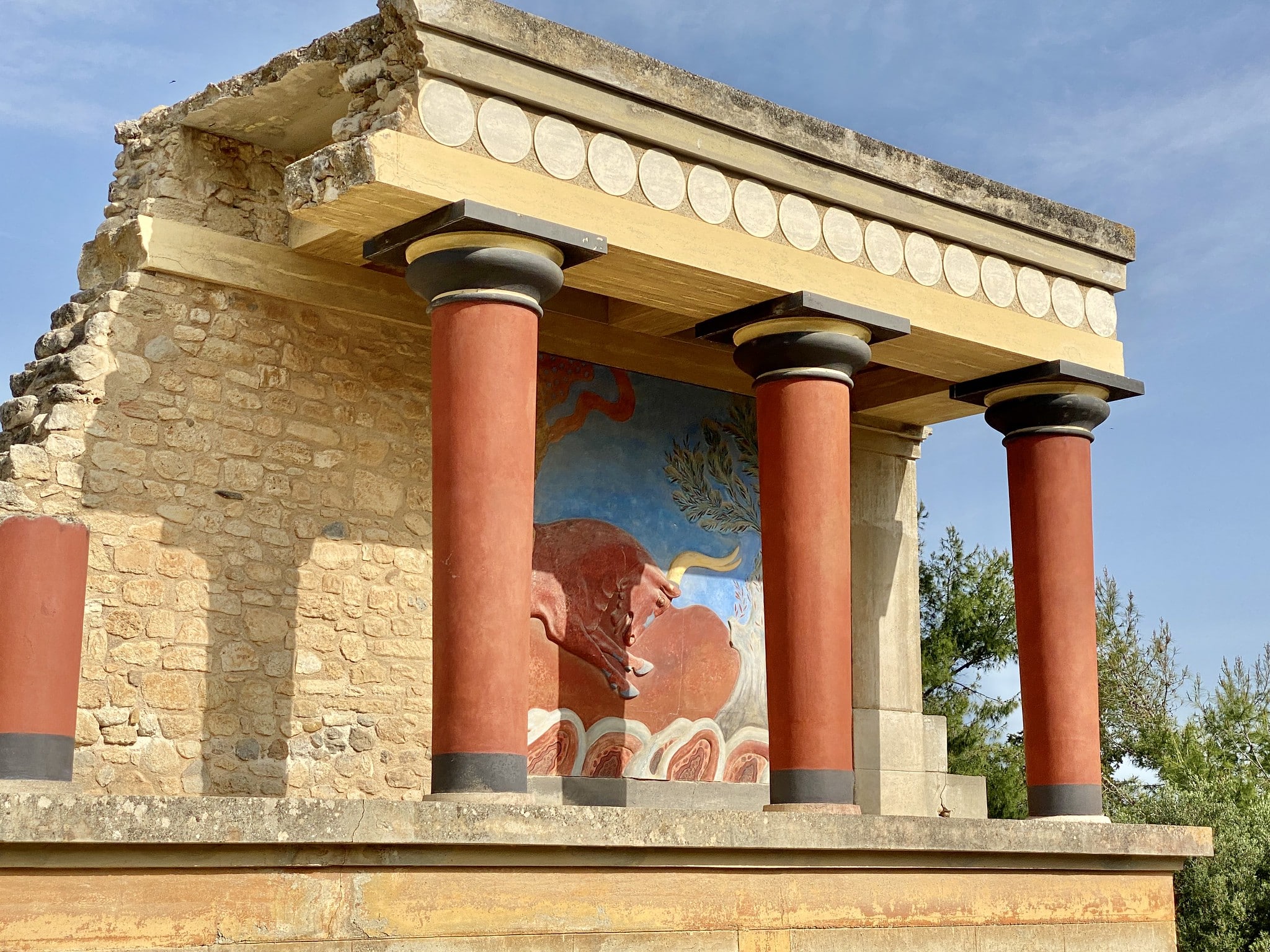Archaeologists Uncover Unknown Minoan Ritual of Demolishing Tombs and Feasting
Source: GreekReporter.com

Known as the center of Europe’s first advanced civilization, the island of Crete — home to the Bronze Age Minoans who flourished over 4,000 years ago — is now revealing a more intimate and unexpected chapter of its ancient past: a ritual of demolishing tombs and communal feasting.
Archaeologists have uncovered evidence of a rare funerary ceremony dating back nearly 3,800 years, where the people of Minoan Crete did not simply bury their dead — they symbolically ended the practice of communal tomb use with a carefully orchestrated demolition and a shared farewell feast.
Researchers discovered that Bronze Age inhabitants held a carefully planned ceremony at the coastal settlement of Sissi, just east of the ancient Palace of Malia, to dismantle their collective tombs, crush remains, share a communal meal, and seal the site forever.
The ritual marked the symbolic end of an era—what archaeologists now call the “ritual killing” of tombs.
Jan Driessen, excavation director with the Belgian School at Athens, explained that this wasn’t abandonment. It was a deliberate act of closure. They were burying the past, both physically and symbolically.
A farewell feast for the ancestors
The ritual occurred in what archaeologists call Zone 9 of the Sissi cemetery, a hillside area where generations had buried their dead in rectangular tombs. Unlike earlier phases where tombs were reused and expanded, researchers found signs that the final tombs were intentionally demolished.
Human remains—some buried in clay containers, others laid directly into the soil—had been disturbed or fragmented. Bones were pushed aside in some cases, suggesting that the last burials had partially decomposed before the tombs were levelled. Then came the feast.

Just west of the tombs, a 40-square-meter deposit contained over 13,000 fragments of broken pottery: cups, bowls, cooking pots, and jugs, most dating to around 1700 B.C. Archaeologists believe the pottery was not discarded casually but left behind as part of a farewell banquet marking the cemetery’s closure.
After the feast, the area was covered with a layer of earth and stones. No later buildings or burials intruded on the space. Centuries later, when the community resumed burying their dead nearby, they avoided Zones 1 and 9 entirely, as if the land had become sacred through its closure.

A ritual born of change
The ceremony took place at a time of major transformation across Crete. Around the same period, the first Minoan palaces—such as those at Knossos and Malia—were being built. Communities were shifting from kin-based social structures to more centralized systems of power.
Collective tombs, long tied to family identity, were losing their role as the center of ritual life. In their place, new venues like palatial courts, mountaintop sanctuaries, and sacred caves emerged to host regional ceremonies and reinforce social hierarchies.
By symbolically “killing” their tombs, the people of Sissi were not forgetting their past – they were redefining it.
Not an isolated case
Sissi is not the only Minoan site to show signs of ritual closure. At Moni Odigitria in southern Crete, one tholos tomb was emptied and its bones reburied in a pit. Hundreds of broken cups were found scattered at the entrance—likely the remains of a ceremonial gathering.

At Kephala Petras, in the northeast, some tombs were filled with stones in what researchers describe as an act of “symbolic killing,” aimed at deliberately ending their social function.
In contrast, other tombs fell quietly into disuse. Some, like those at Kamilari and Apesokari, continued to be visited long after burials stopped, possibly for commemorative rituals. These differing endings highlight the diversity of local responses to island-wide social changes.
A breakthrough in modern archaeology
What sets the Sissi discovery apart is the precision with which the ritual was documented. Using modern archaeological methods—stratigraphy, detailed bone analysis, and high-resolution mapping—researchers could reconstruct the full sequence of events: the final burials, the communal feast, the deliberate levelling, and the sealing of the cemetery.
Much of what we know about Minoan tombs comes from early to mid-20th-century excavations, when such details were often overlooked or poorly recorded.
As newer excavations apply advanced methods, archaeologists are beginning to identify more examples of structured abandonment across the Aegean.
The original article: belongs to GreekReporter.com .
